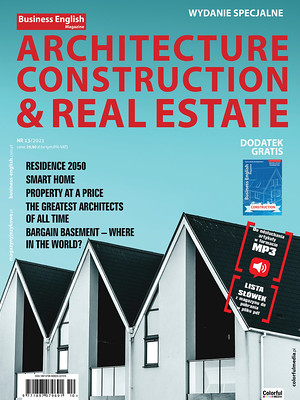„Your satisfaction is our top priority, please hold…”
luty 7th, 2011
Dear BEM Magazine Readers,
Elaborating on our previous post about social media technologies and properly communicating with your customers, the subject line: „”Your satisfaction is our top priority, please hold…” (with a tacky corporate music in the background) is NOT a good way for showing that you care. It actually demonstrates you are trying so hard to NOT CARE. Ok, so I am bringing you business and you can’t even pick up the phone? Imagine what kind of image and perception does it build as a customer.
So what do customers want to be happy?
As there are so many people, the list of specifications and expectations gets longer accordingly. However, it tends to be a „zero-sum game„, you either win (by giving me a great service, sense of trust, confidence and „being taken care of”or lose (man I have been waiting „on hold” for the past 5 mins, are they serious?!).
Fortunately, there are companies worldwide that get that equation right. One of them is Zappos. In short, its an online retailer focusing mainly in the shoe and clothing categories. You can learn more about them, by visiting: http://en.wikipedia.org/wiki/Zappos.com
So, what does Zappos do that is so extraordinary? They care. If you are after a specific shoe (brand size, color etc.) they will make sure you get it, and get it on time. Moreover, if for some reason they are out of stock on a particular item, or don’t offer it in the first place, they will send you to a competitor! Now that shoes, they are not just after that extra buck.
How did Zappos get to that place? By learning from other’s mistakes and encouraging an internal/external company culture of share values and making sure they put their customers on top of their charts. Seems stupidly simple, right? Not quite. While others are running around conferences, seminars, purchase sophisticated, high-tech CRM(customer relationship management) systems, Zappos makes sure that when someone picks up the phone on the other end, they are nice, helpful, understanding and effective. Now making sure the whole chain works is key to the company’s success and growing market penetration and increasing customer satisfaction levels.
The above has been achieved through a great leadership from Tony Hsieh, the CEO who never compromises on quality or the customer experience. Tony „injects” the company’s values and mission: „deliver ‚WOW” through the customer service, into every single one of the employees, making sure they get guidance, assistance and personal development.
If you want to learn more about how Tony Hsieh does that, I strongly recommend his book: „Delivering Happiness”, available on Amazon
So how does all that transfer to what you do? Well, next time you design the „voice mail” intro message, welcome page on your website, how you greet your customers in the lobby and all the other channels of communication, make sure to make them feel good, just like you would feel by being threated right and on an invidual basis.
Most importantly: IF YOU SCREW UP, ADMIT IT AND APOLOGIZE. IT WILL MAKE A WORLD OF DIFFERENCE THAN: „WE WILL TRY BETTER NEXT TIME” or even worse, not admitting to the mistake at all.
So what are you still doing here?
Go, make sure you deliver happiness!
Chris Dargiewicz
USEFUL VOCABULARY:
1. „Priority” – priorytet
2.” Tacky” – kiczowaty, nieprofesjonalny
3. „Corporate” – firmowy; korporacyjny
4. „To take care of somebody” – zajmować się; przejmować się
5. „Accordingly” – odpowiednio do
6. „Zero-sum game” – gra o sumie zerowej
7. „Equation” – równanie
8. „Extraordinary” – ponadprzeciętne; nadzwyczajne
9. „Out of stock” – brak produktu w inwentarzu
10. „In the first place ” – w ogóle
11. „Competitor” – konkurent
12. „To make an extra buck” – zarobić dodatkowo; dorobić się na
13. „Encourage” – zachęcać
14. „Internal” – wewnętrzny
15. „External” – zewnętrzny
16. „Sophisticated” – zaawansowany; wymyślny
17. „High-tech” – zaawansowany technologicznie
18. „Market penetration” – pozycja rynkowa
19. „Inject” – zaszczepić; wszczepić
20. „To greet someone” – przywitać się z kimś
21. „Lobby” – recepcja












